- No products in the cart.
Rinzasip powder for solution for children 3g pack. 10 pcs raspberries
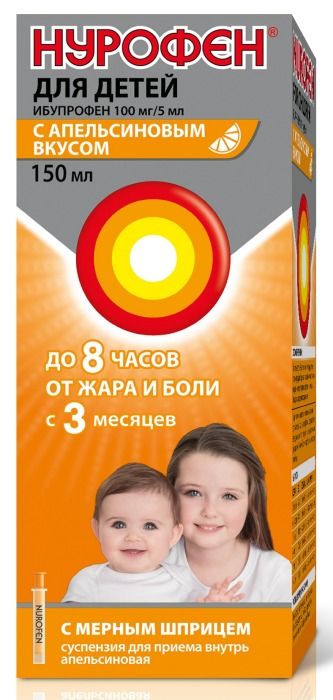
Nurofen for children oral suspension 100mg / 5ml 150ml vial with a syringe dosing orange
$4.17
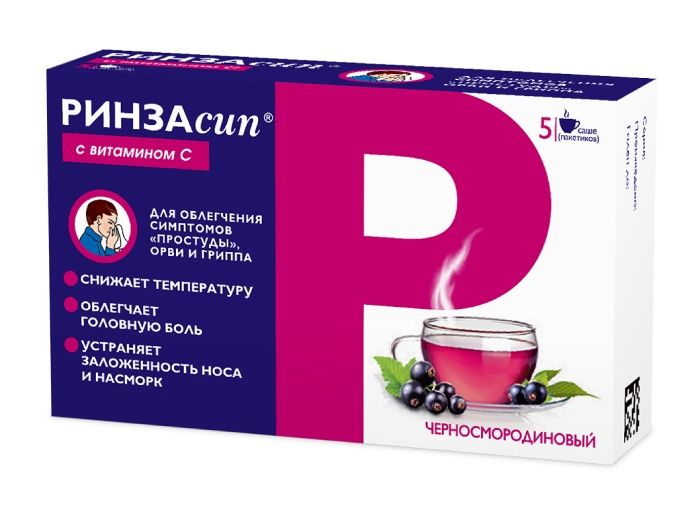
Rinzasip powder for r-ra 5g 5 pcs black currants / Vitamin C.
$3.86
$6.99
Rinzasip powder for solution for children 3g pack. 10 pcs raspberries
SKU: 1830811315 Categories: Cold and flu, Medicaments, Temperature Tags: pheniramine paracetamol + + Ascorbic Acid, Rinzai
Description
Composition
Active substance:
1 sachet contains: ascorbic acid – 100 mg paracetamol – 280 mg, pheniramine maleate – 10 mg.
Excipients:
Aspartame 35.0 mg, 23.0 mg acesulfame potassium, magnesium citrate 105.0 mg Sucrose 2361.7 mg Raspberry flavor 11036-31 Permasil 71.0 mg, 4.0 mg dye azorubin.
Description:
The granulated powder from light pink to pink with white and dark pink highlights.
Product form:
powder for solution for oral administration (magenta).
3 g sachets made of polyethylene / aluminum / polyester or polyethylene / aluminum / paper. 5 sachets or 10 together with instructions for use in a cardboard package.
Contraindications
Hypersensitivity to paracetamol and other components forming part of the formulation; other medications containing substances included in the RINZASIP® FOR CHILDREN; deficiency sucrase / isomaltase, fructose intolerance, glucose-galactose malabsorption, portal hypertension, severe liver and kidney function; blood diseases, a deficiency of the enzyme glucose-6-phosphate dehydrogenase deficiency, phenylketonuria, alcoholism, pregnancy, lactation, children under 6 years.
Carefully
In diabetes, congenital hyperbilirubinemia (Gilbert syndrome, Dubin-Johnson and Rotor) simultaneous administration of drugs which could adversely affect on the liver (barbiturates, phenytoin, phenobarbital, carbamazepine, rifampicin, isoniazid, zidovudine and other inducers of microsomal liver enzymes) piloroduodenalnoy obstruction , stenosing gastric and / or duodenal ulcers, emphysema, chronic bronchitis, bronchial asthma, simultaneous administration of monoamine oxidase inhibitors, tricyclic antidepressants , Difficulty urinating drug may be used with caution, after consultation with the doctor.
Indications
Symptomatic treatment “colds”, including influenza (febrile syndrome, pain), rhinopharyngitis rhinitis and infectious-inflammatory and allergic nature.
Interaction with other drugs
When simultaneous administration of the drug RINZASIP® FOR CHILDREN with antidepressants, antiparkinsonian, antipsychotic drugs (phenothiazine derivatives) increases the risk of urinary retention, dryness of mucous membranes of the mouth, constipation, and increases sedation.
Simultaneous treatment with glucocorticoids increases the risk of developing glaucoma.
Paracetamol reduces the effectiveness of uricosuric drugs. Also paracetamol enhances the effects of inhibitors of monoamine oxidase (MAO), sedatives and ethanol.
The majority of patients receiving long-term warfarin, occasional use of paracetamol is usually little or no effect on the INR. However, with continued regular use paracetamol enhances the effect of anticoagulants (warfarin and other coumarin derivatives), which increases the risk of bleeding.
When concomitantly with barbiturates, phenytoin, carbamazepine, rifampicin, isoniazid, zidovudine, and other inducers of microsomal liver enzymes, ethanol increases the risk of hepatotoxicity of paracetamol. Inhibitors of microsomal oxidation (cimetidine) reduce the risk of hepatotoxicity. When the joint application of paracetamol and chloramphenicol chloramphenicol half-life can be increased. When taken with digoxin or other cardiac glycosides may increase the risk of arrhythmias and myocardial infarction. Simultaneous treatment with salicylates increase the risk of nephrotoxicity.
It should be taken into account the possibility of strengthening the central atropinopodobnye effects when used in combination with other drugs having anticholinergic properties (other antihistamines, antipsychotics phenothiazine series, atropine antispasmodics).
Overdose
In case of overdose, you should immediately consult a doctor. Rapid medical assistance is critical, even if you do not see any signs or symptoms.
pheniramine
Symptoms: convulsions, disturbance of consciousness, coma.
Paracetamol
Symptoms (due mainly paracetamol) in adults and children over 12 years are shown after reception over 7.5 – 10 g over 8 hours. Deaths are rare (less than 3-4% of untreated cases) and observed with administration of a dose of more than 15 g of paracetamol. Children under 12 years of acute overdose when taking more than 150 mg / kg of paracetamol is not associated with hepatotoxicity.
During the first 24 hours after administration – anorexia, nausea, vomiting, abdominal pain, sweating, pallor, and general malaise.
Symptoms of liver disease may occur through the 12-48-72 hours after overdose: increased activity of “liver” transaminases, gepatonekroz. In severe cases, – hepatic failure with progressive encephalopathy, coma. Rarely hepatic insufficiency develops lightning and can be complicated by renal insufficiency (tubular necrosis). If overdose of paracetamol sustained release expedient further determination paracetamol plasma concentration at 4-6 hours after determining the initial concentration of paracetamol in plasma. Severe hepatotoxicity or death very rarely observed in acute paracetamol overdose in young children, possibly because of differences in the ways of paracetamol metabolism.
The following are clinical phenomena associated with an overdose of paracetamol, which, when considered in connection with overdose are considered expected, including fatalities due to fulminant hepatic failure and its consequences.
The following clinical consequences of acute liver failure caused by acetaminophen overdose (adults and adolescents over 12 years reception> 7.5 g of paracetamol for 8 hours in children under 12 years reception> 150 mg / kg paracetamol for 8 hours) are considered to be expected: sepsis, fungal infection, bacterial infection, disseminated intravascular coagulation, coagulopathy, thrombocytopenia, hypoglycemia, metabolic acidosis, lactic acidosis, coma, encephalopathy, cerebral edema, cardiomyopathy, hypotension, respiratory failure spine, pancreatitis, bleeding from the gastrointestinal tract, acute renal failure (tubular necrosis), multiple organ failure.
overdose threshold may be reduced in children, patients who take certain medications (e.g., inducers of microsomal liver enzymes), alcohol or malnourished.
Treatment: gastric lavage, appointment of activated carbon in the first 6 hours after the overdose, administration donators SH-groups and precursors of glutathione synthesis – methionine after 8 – 9 hours after the overdose and acetylcysteine after 12 hours The need for additional therapeutic activities (further administration of methionine. acetylcysteine) determined paracetamol concentration in the blood, and the time elapsed after administration. Symptomatic therapy.
pharmachologic effect
Pharmacological group:
Means for removing the symptoms of acute respiratory disease and “cold” (non-narcotic analgesic agent + H1-histamine receptor blocker + vitamin).
Pharmacodynamics:
Combined preparation pharmacological action is due to its constituent active components.
Paracetamol has analgesic and antipyretic effect, reduces pain, observed for colds – sore throat, headache, muscle and joint pain, reduces high temperature.
Pheniramine – having antiallergic action: it removes itching eyes, nose and throat, swelling and congestion of the mucous membranes of the nasal cavity, nasopharynx and sinuses, reduces exudative manifestations.
Ascorbic acid is involved in the regulation of redox processes, carbohydrate metabolism, blood coagulation, tissue regeneration, in the synthesis of steroid hormones; It reduces the vascular permeability and increases resistance to the effects of various environmental factors.
Pharmacokinetics:
The action of the drug due to the combined effect of all the active ingredients in its composition, so conducting pharmacokinetic studies is not possible.
Pregnancy and breast-feeding
In the absence of clinical data, safety of the drug during pregnancy and lactation has not been established, therefore, use of the drug in this category of patients is contraindicated.
Conditions of supply of pharmacies
Without recipe.
side effects
Allergic reactions: skin rash, pruritus, urticaria, angioedema, anaphylactic shock.
From the nervous system: headache, dizziness, drowsiness, sleep, irritability.
From the digestive system: nausea, vomiting, epigastric pain, dryness of the oral mucosa, hepatotoxicity.
From the senses: mydriasis, accommodation paresis, it increased intraocular pressure.
From the side of blood: anemia, thrombocytopenia, agranulocytosis, hemolytic anemia, aplastic anemia, methemoglobinemia, pancytopenia, leukopenia.
From the urinary system: renal toxicity (renal colic, Glycosuria, interstitial nephritis, papillary necrosis), difficulty urinating.
Other: bronchospasm.
Serious skin reactions:
Very rare: – Acute generalized exanthematous pustulosis (OGEP). Acute conditions with the development of pustular rash. Characterized by fever and diffuse erythema, accompanied by burning and itching. There may be a swelling of the face, hands and mucous membranes; – Stevens – Johnson (SSD) (malignant exudative erythema). Severe erythema multiforme form in which the bubbles emerge on the oral mucosa, throat, eyes, genital and other areas of skin and mucous membranes. – Toxic epidermal necrolysis (TEN, Lyell syndrome). Syndrome is the result of extensive apoptosis of keratinocytes, which leads to the detachment of large areas of skin in places dermoepidermalnogo connection. Affected skin looks scalded with boiling water.
If you notice one of the above side effects, stop taking the drug and consult a doctor immediately !.
special instructions
Should not take the drug with other drugs containing paracetamol. The period of treatment is necessary to monitor the functional state of the liver, kidney and peripheral blood picture. Paracetamol distorts the results of laboratory tests of glucose and uric acid in blood plasma.
If symptoms worsen or persist after 5 days of the drug should stop taking it and consult a physician.
The drug can cause drowsiness.
The drug contains sucrose, which should be considered for children suffering from diabetes, as well as children who are on a low-calorie diet. In one single dose of the preparation contains sucrose 2361.7 mg, which corresponds to 0.20 XE.
If the drug has come into disrepair or expiration date – do not throw it in the sewer system or into the street! Place the drug in the bag and place in the trash. These measures will help protect the environment!
Effects on ability to drive vehicles and other mechanisms
RINZASIP® for children can cause drowsiness. During the period of treatment should refrain from driving vehicles and occupation of other potentially hazardous activities that require high concentration and psychomotor speed reactions.
Storage conditions
Store at a temperature not higher than 25 C in a dry place.
Avoid wet conditions!
Keep out of the reach of children.
Dosing and Administration
Inside.
The contents of one sachet (bag) dissolved in a beaker (200 ml) with warm water and drink.
Depending on the age of the child the drug is used in the following doses: children from 6 to 10 years: 1 sachet 2 times per day; Children from 10 to 12 years: 1 sachet 3 times per day; Children from 12 to 15 years: 1 sachet 4 times a day.
The interval between doses should be at least 4 hours. Duration of treatment – no more than 5 days.
Information
Appearance may differ from that depicted in the picture. There are contraindications. You need to read the manual or consult with a specialist
Additional information
| Weight | 0.100 kg |
|---|---|
| Manufacturer | Rinzai |

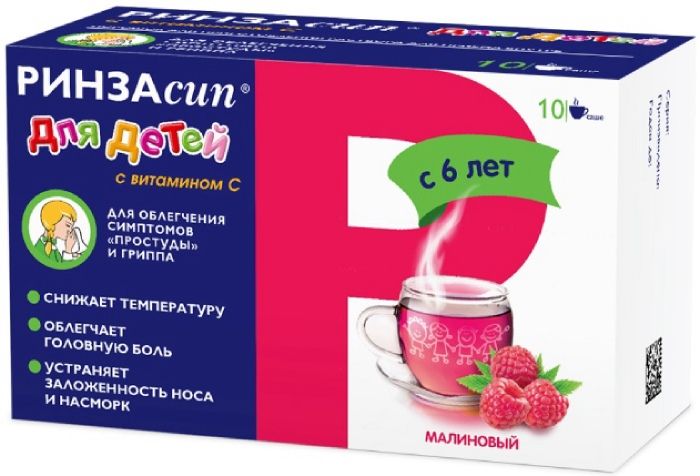
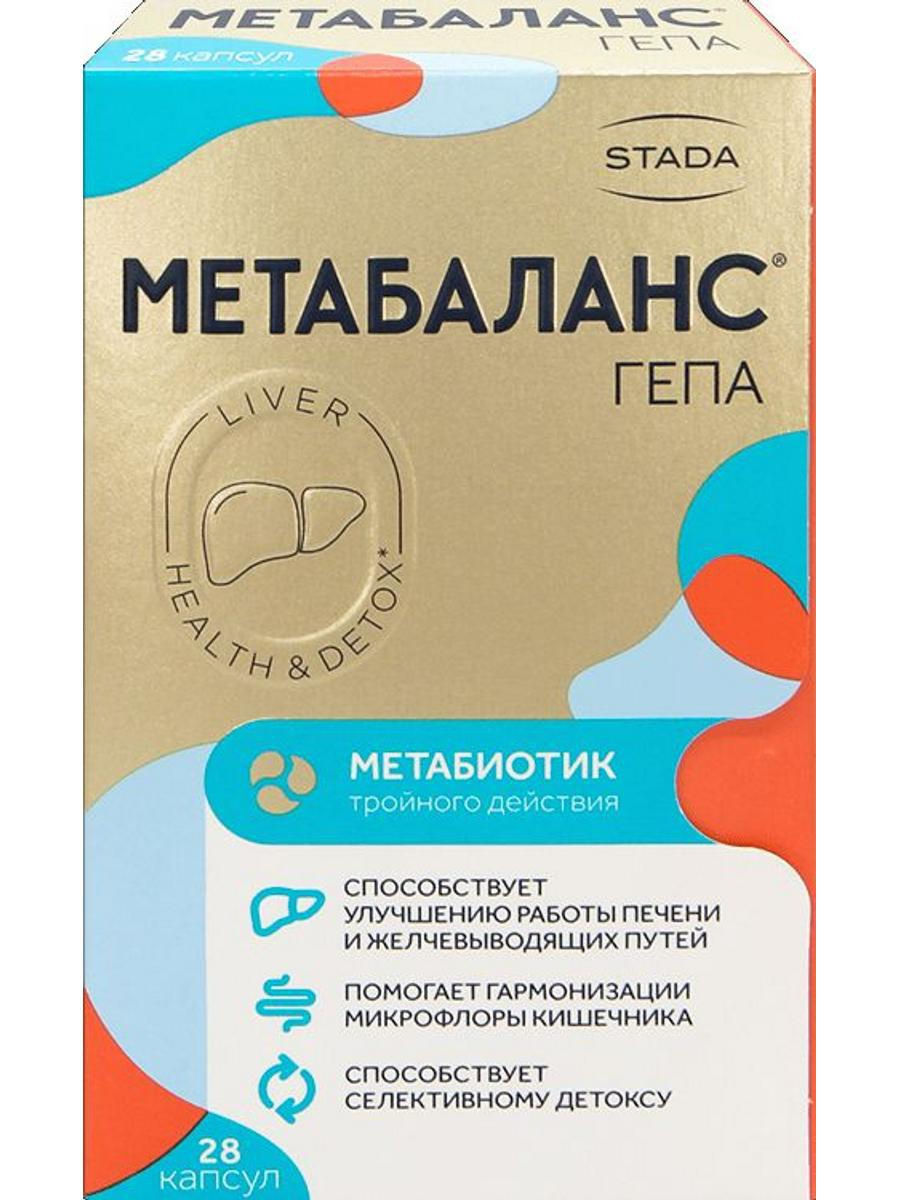
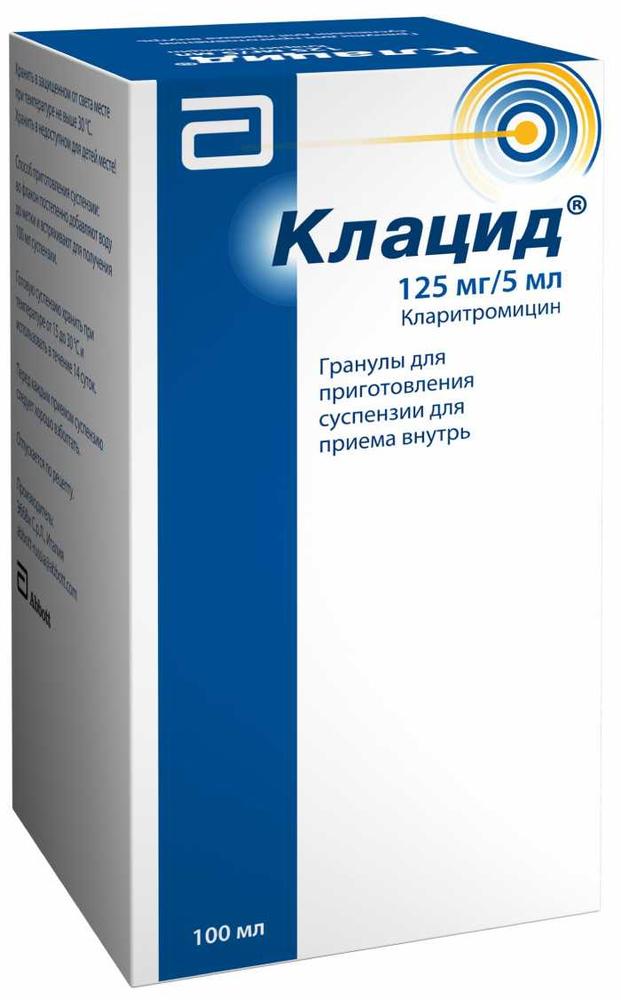
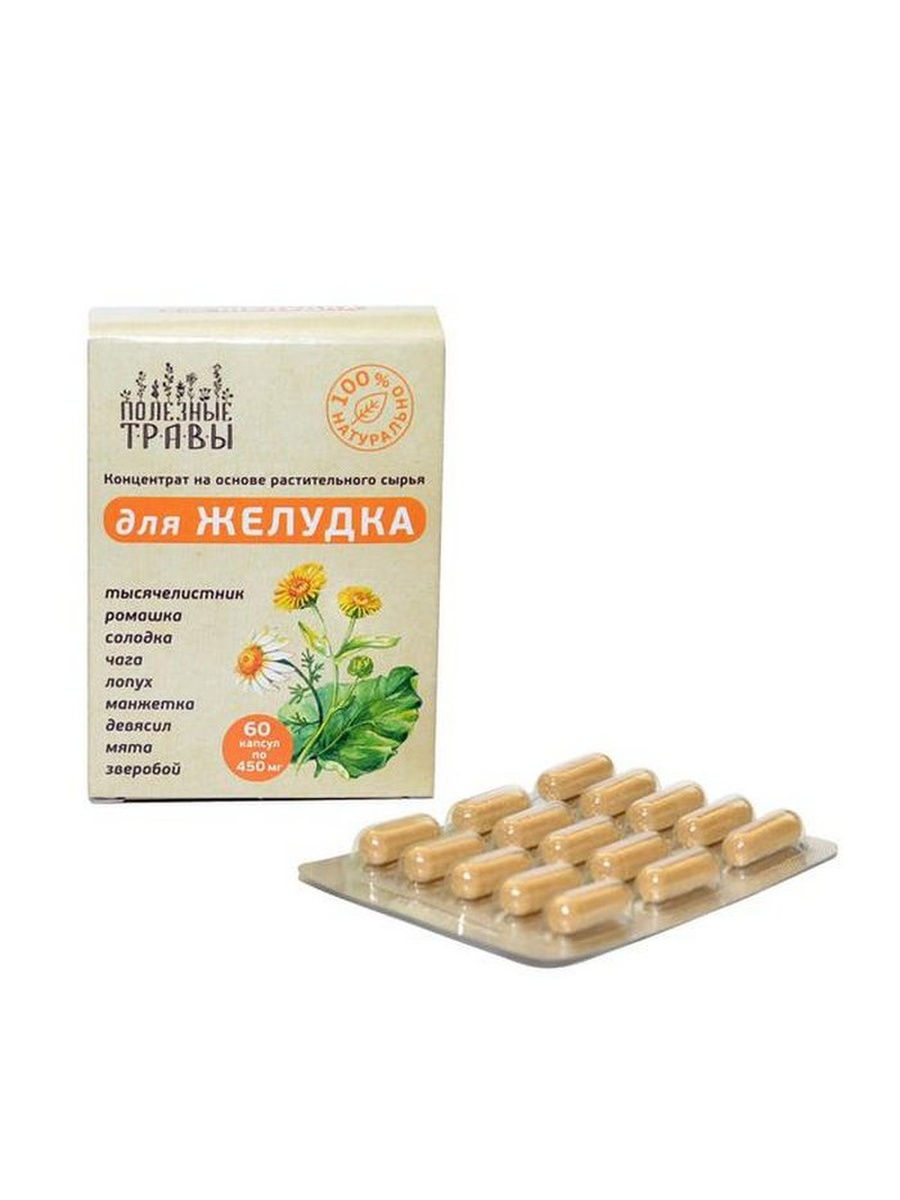
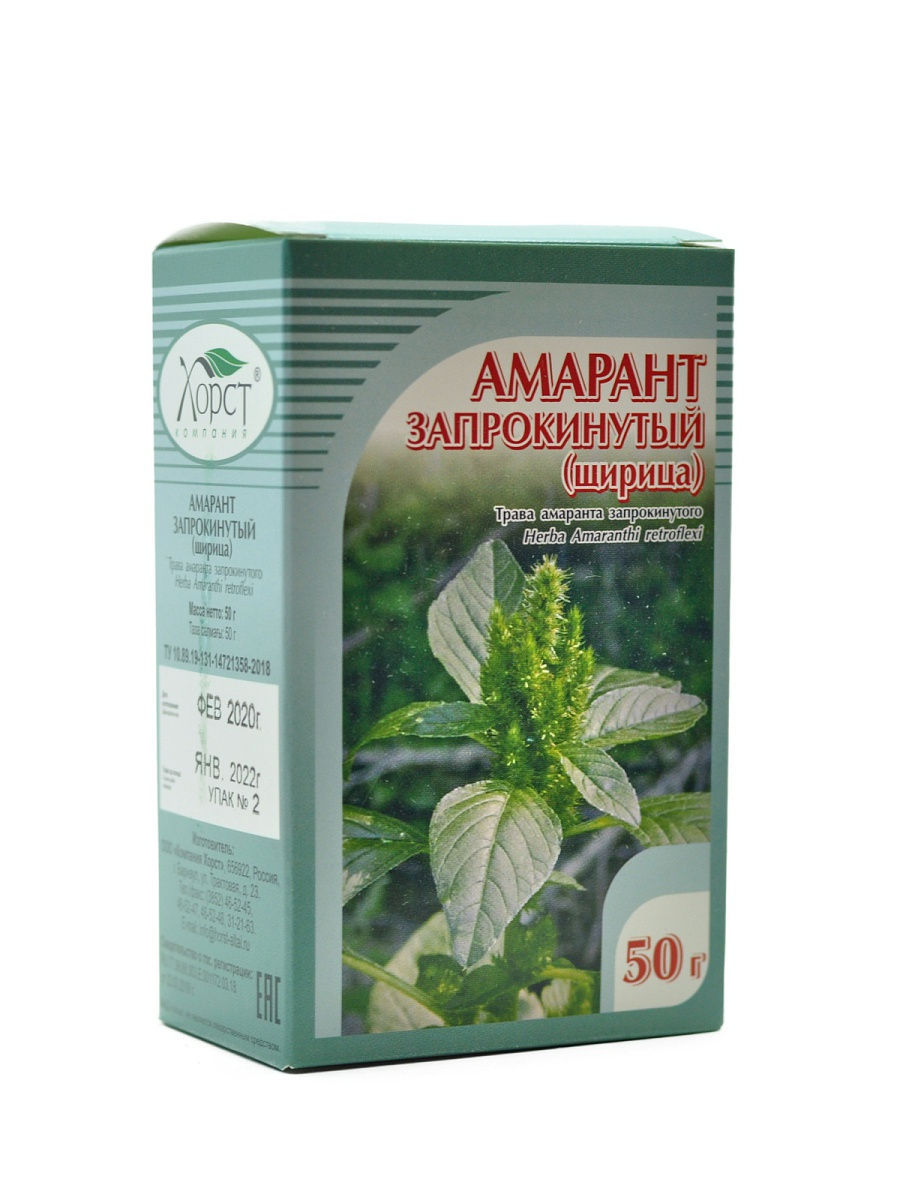
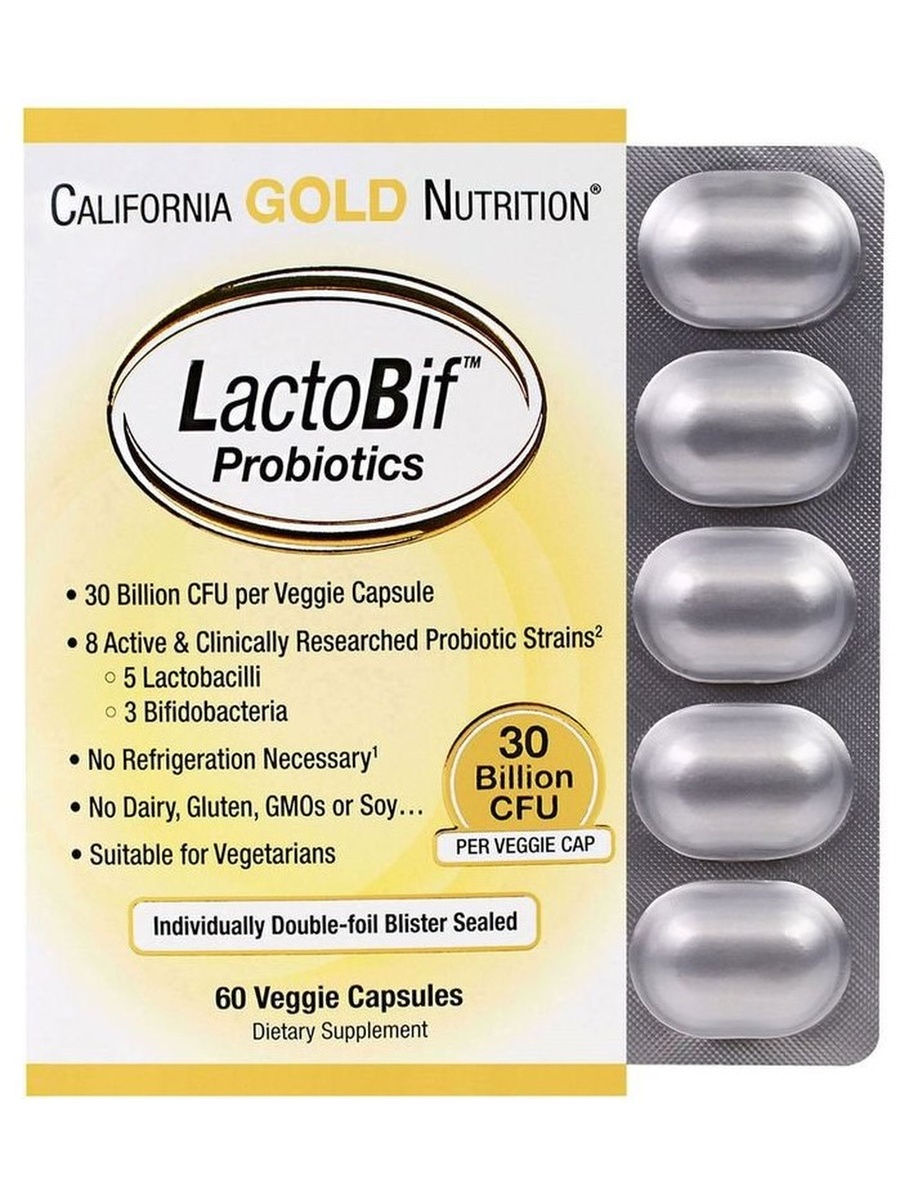
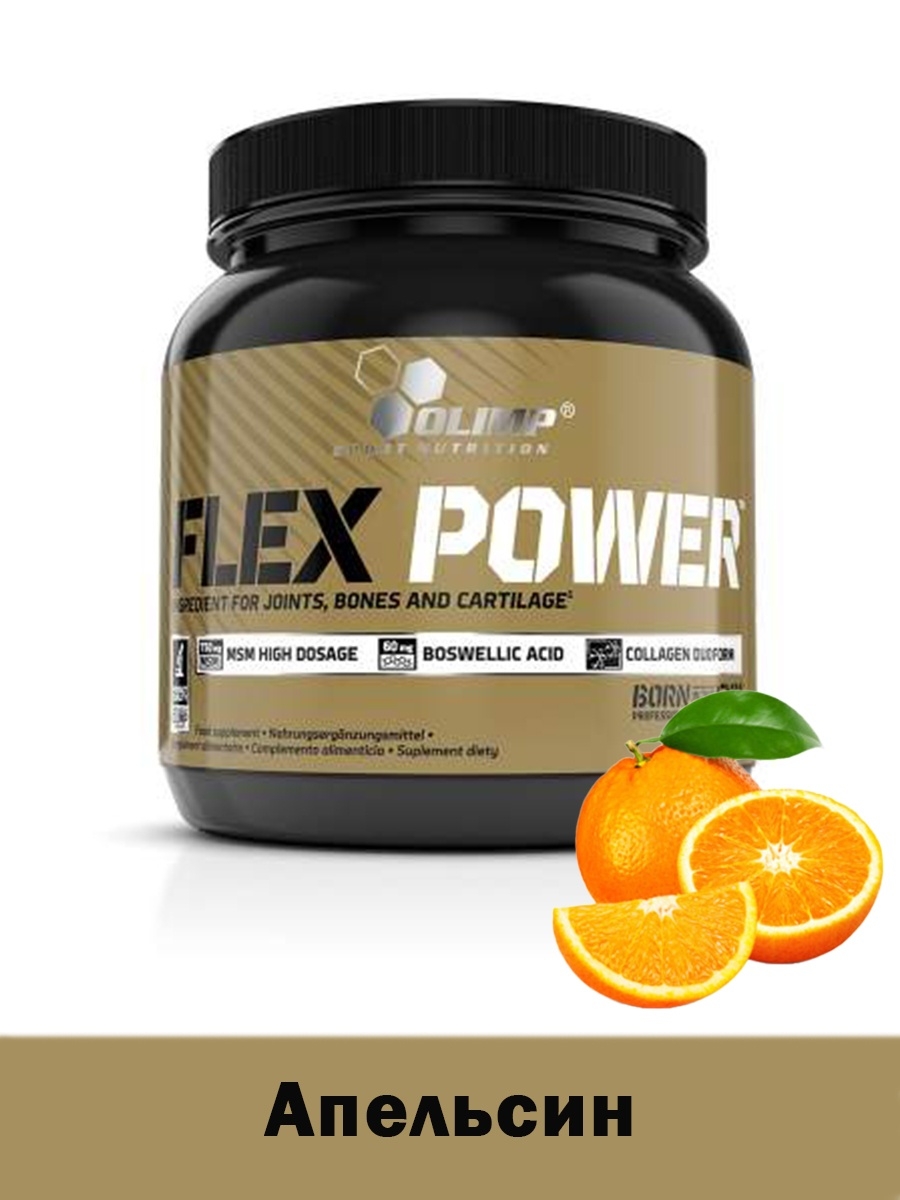




There are no reviews yet.